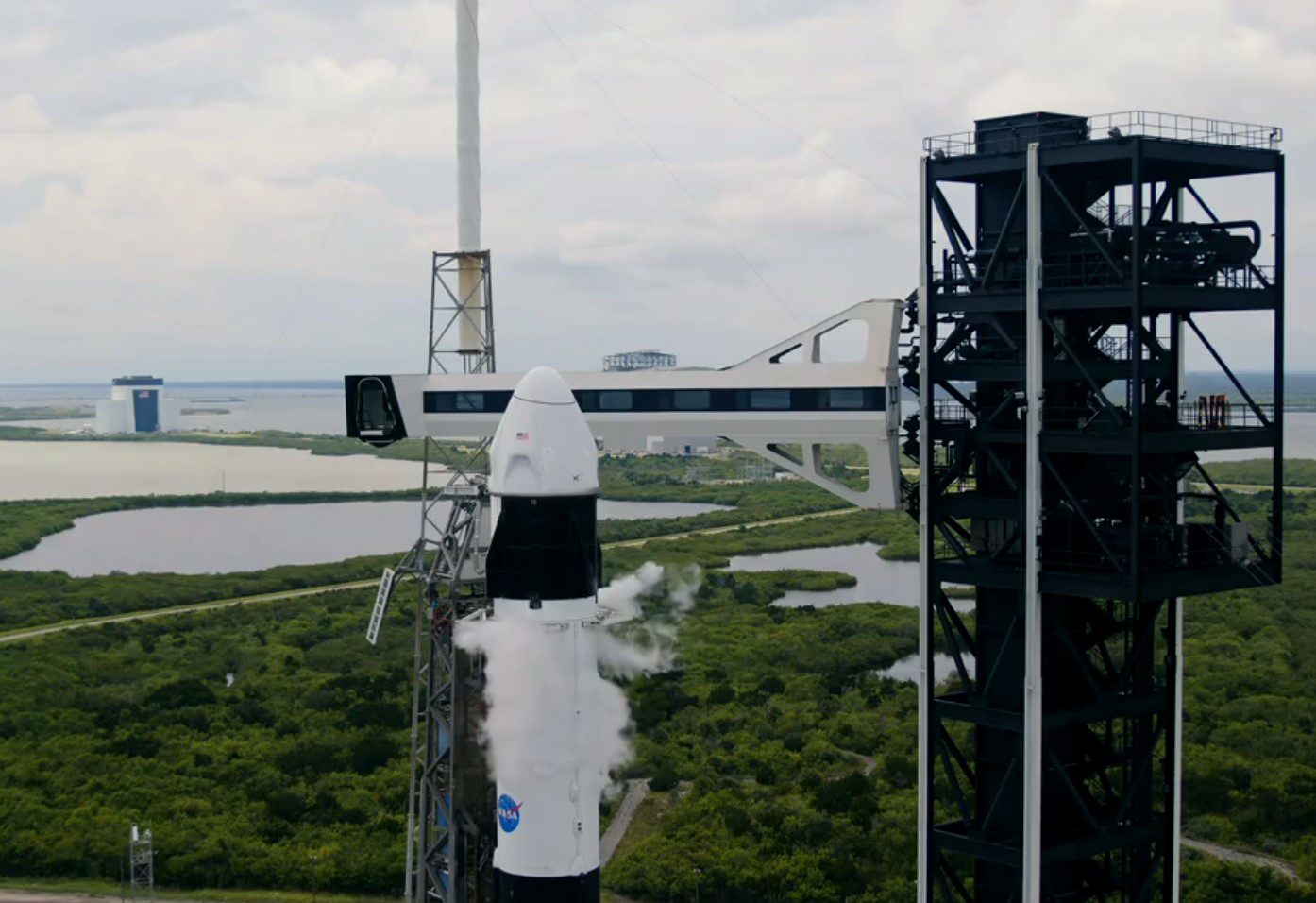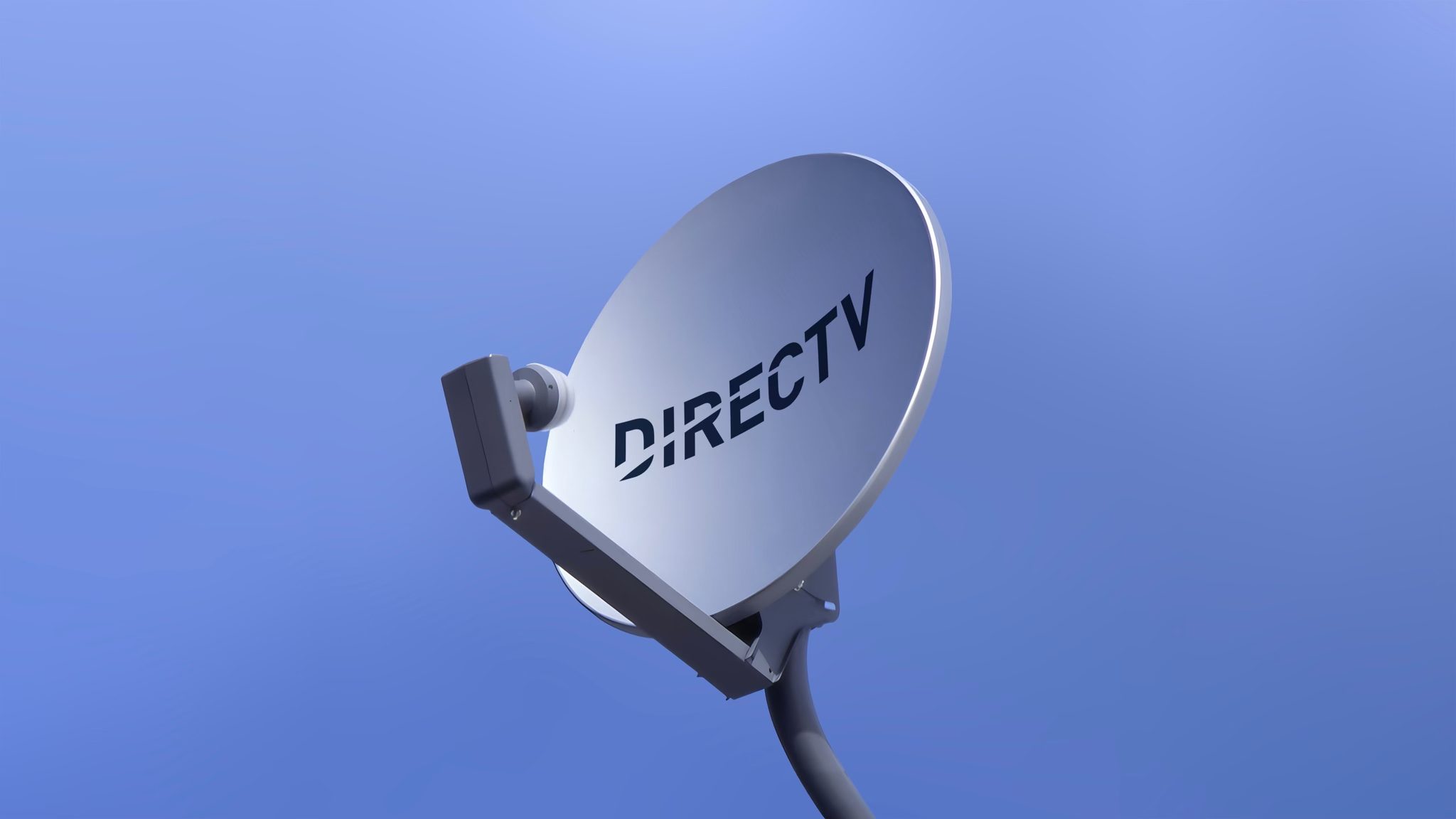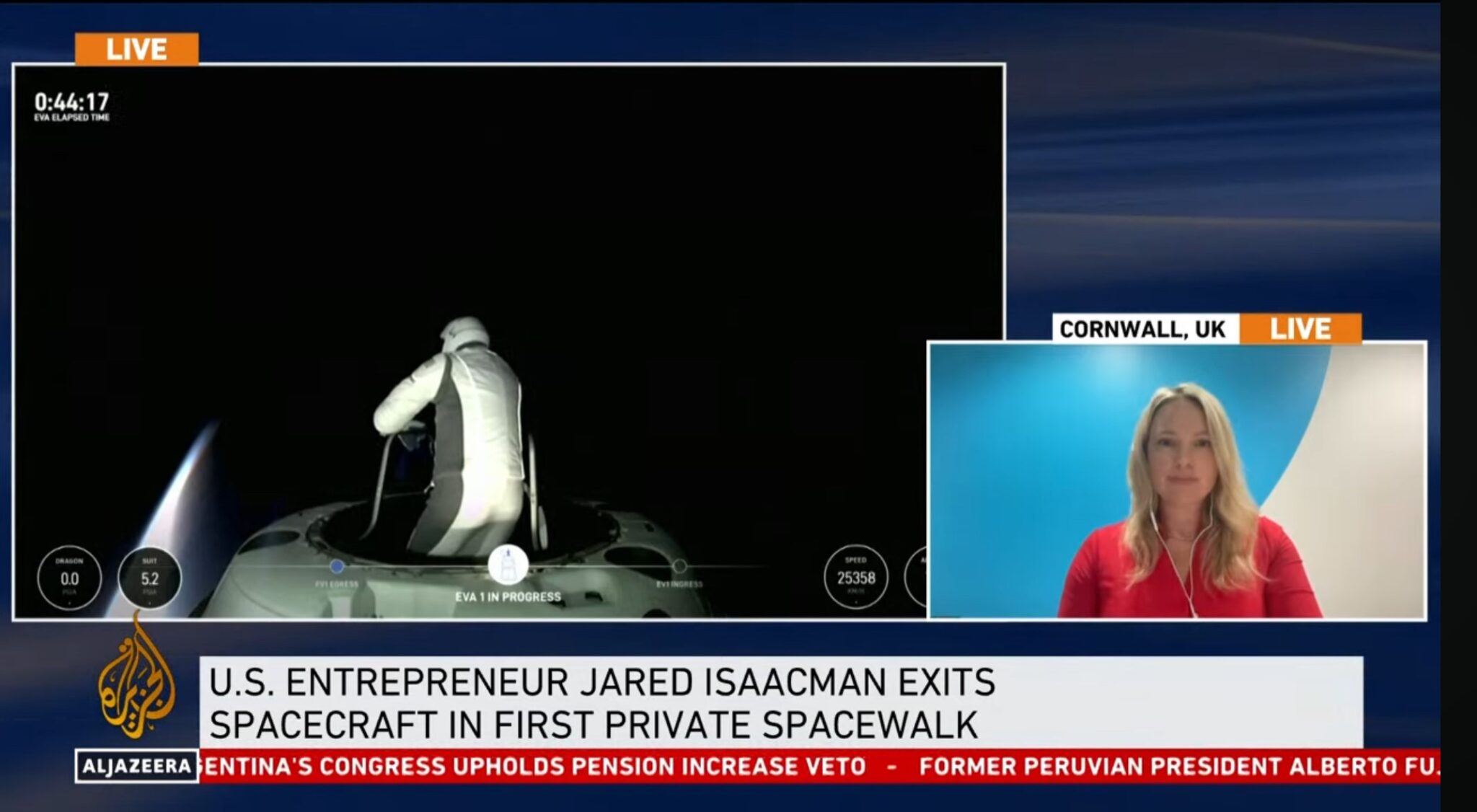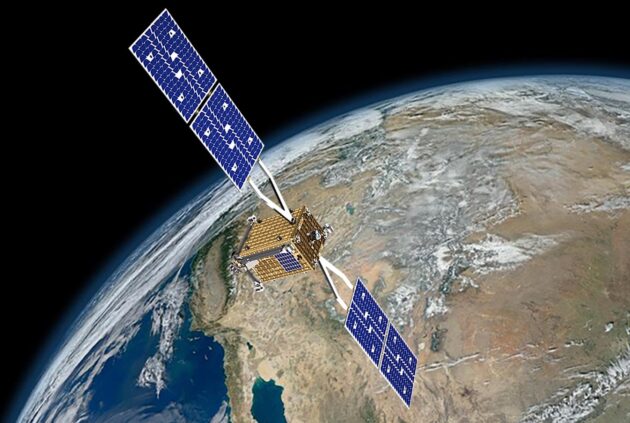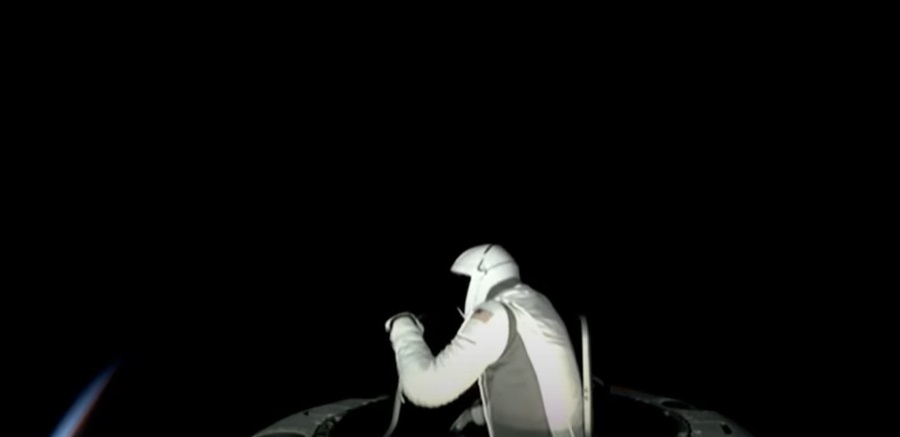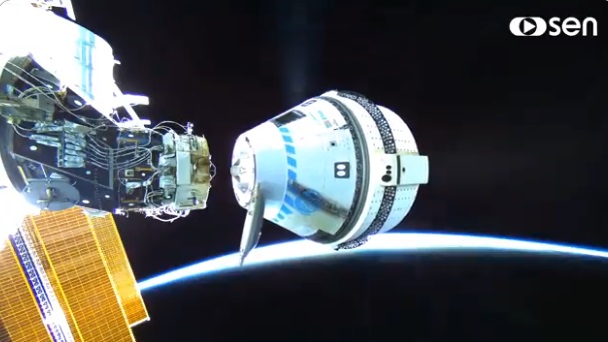On 21 August 2017, citizens of the United States were able to observe a total eclipse of the sun from their own country. The landfall of the eclipse track started in Oregon on the west coast (at 1015 local time – 1715 GMT) and raced eastwards across the nation in a 93-minute passage via the states of Idaho, Montana and Wyoming, Nebraska, Kansas, Iowa, Missouri and Illinois, then Kentucky, Tennessee and Georgia, eventually leaving the east coast of South Carolina at around 1436 local time.
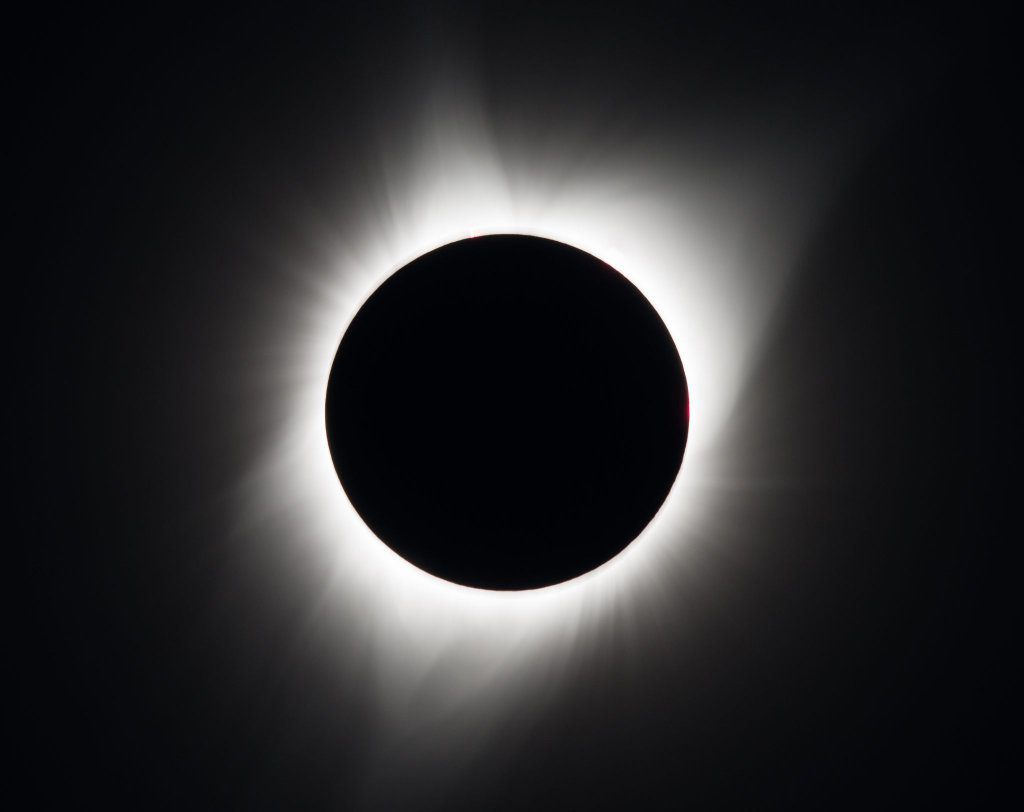
2017 Total Solar Eclipse as seen from Oregon showing at least some of its concentrated magnetic field line structure (the poles appear to be top left to bottom right). Courtesy: NASA
Eclipse hunters came from across the nation making it one of the most observed solar eclipses ever. Most were careful to use special solar filter glasses during the partial phases before the main “totality” event began. Thankfully, the weather was generally good and they were able to see the eclipse in all its glory and enjoy all its secondary effects – the rapid temperature drop and birds chirping at the roost thinking that it was time for bed.
The only downside was that while the totality of an average total solar eclipse normally lasts about four minutes, allowing people both to take photographs and enjoy the spectacle, this one was only about two minutes 40 seconds long, forcing a choice to be made.
The wisest decided to just to take in the magnificent view close up via wide-field binoculars during the safe totality part when the Sun’s Corona (atmosphere) can been seen, showing up delicate, featherlike magnetic field lines and short pink protuberances. It is a view that only the human eye can fully take in given the subtle differences in brightness. A camera cannot really capture this in a single exposure, although reassembling composite images taken using different exposures can get around it.
Of course, less scientifically, eclipses are viewed by astrologers and religious types as a superstitious portent of war and major political change. Only time will tell if they are right.
Others have used the mysteries of solar and lunar eclipses for their own purposes. Columbus famously used a lunar eclipse to show his power to natives in order to extract food from the tribe. This life-saving device has also appeared in fiction, for example by Mark Twain who used a solar eclipse in his book “A Connecticut Yankee in King Arthur’s Court”.
Comment by David Todd: Your correspondent has seen one full total solar eclipse as well as two “cloudy” ones. The shortness of this one put him off going to see it. However, he now regrets this and is envious of those who saw this “great American eclipse”. By the way, NASA had its small fleet of WB-57F high-altitude research aircraft (converted B-57 Canberra bombers) taking observations of the eclipse.
Post Script: It is nice to see (via his twitter feed) that noted spaceflight watcher and astrophysicist Jonathan McDowell enjoyed his first time. Well he could not call himself a real astrophysicist until he had seen a total eclipse of the Sun!

